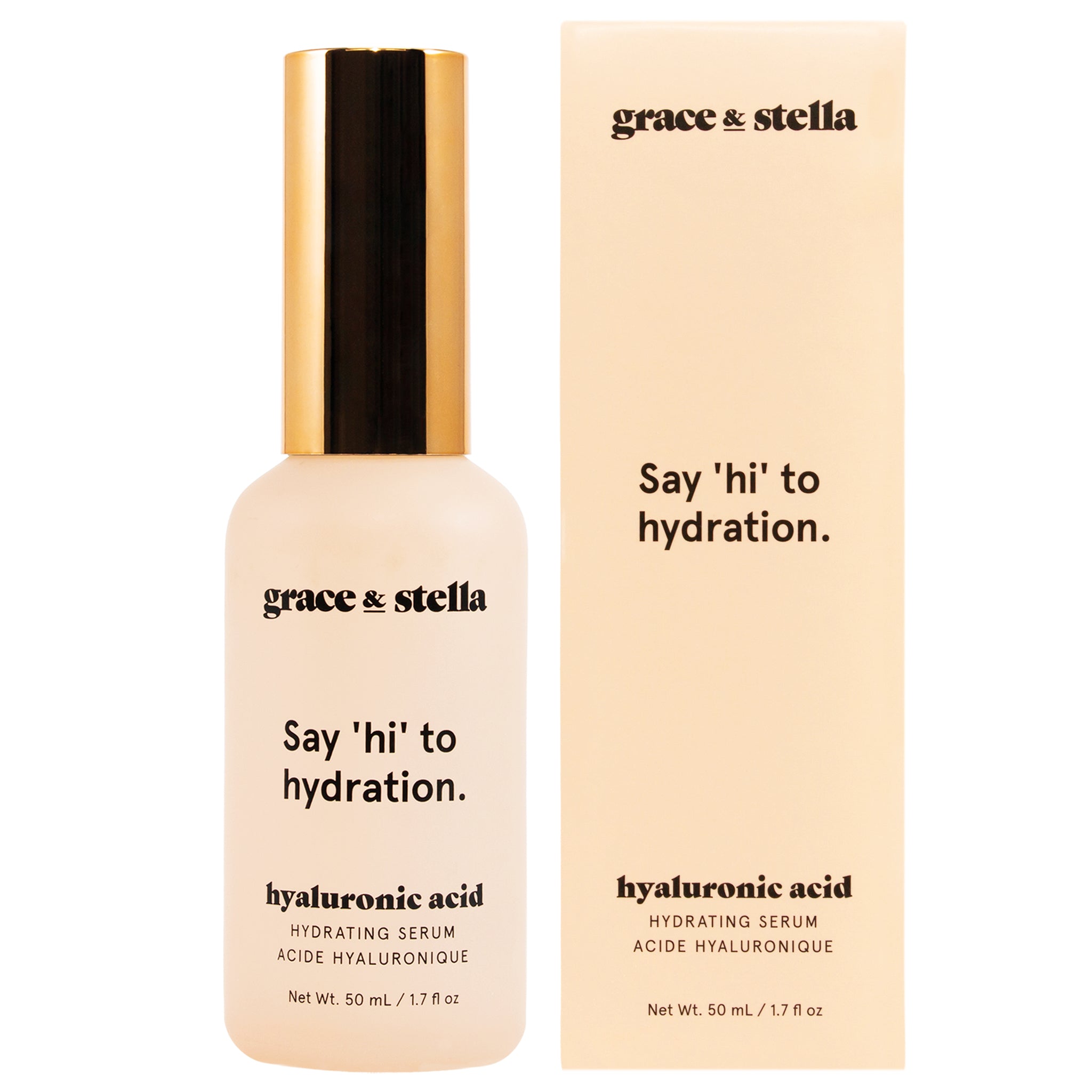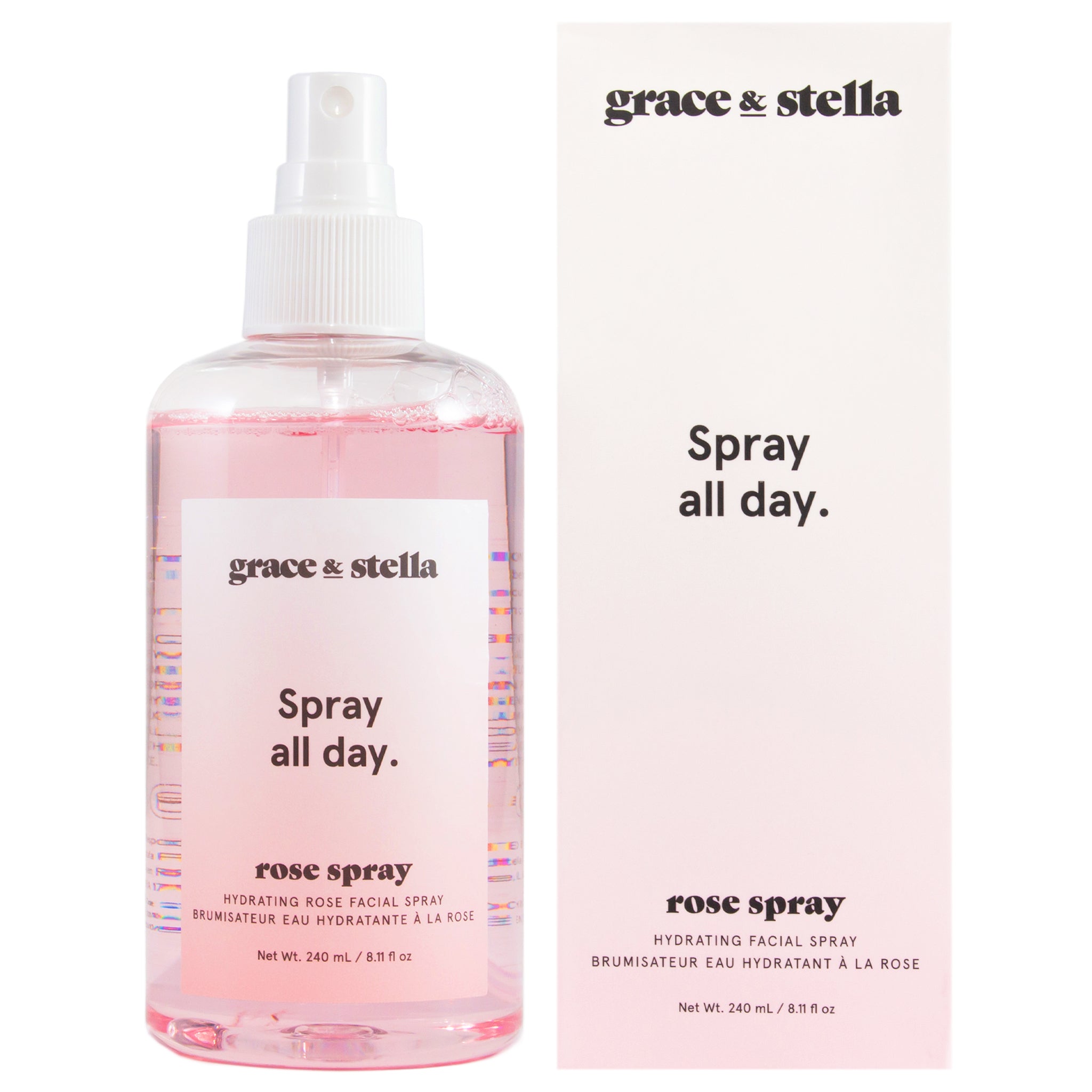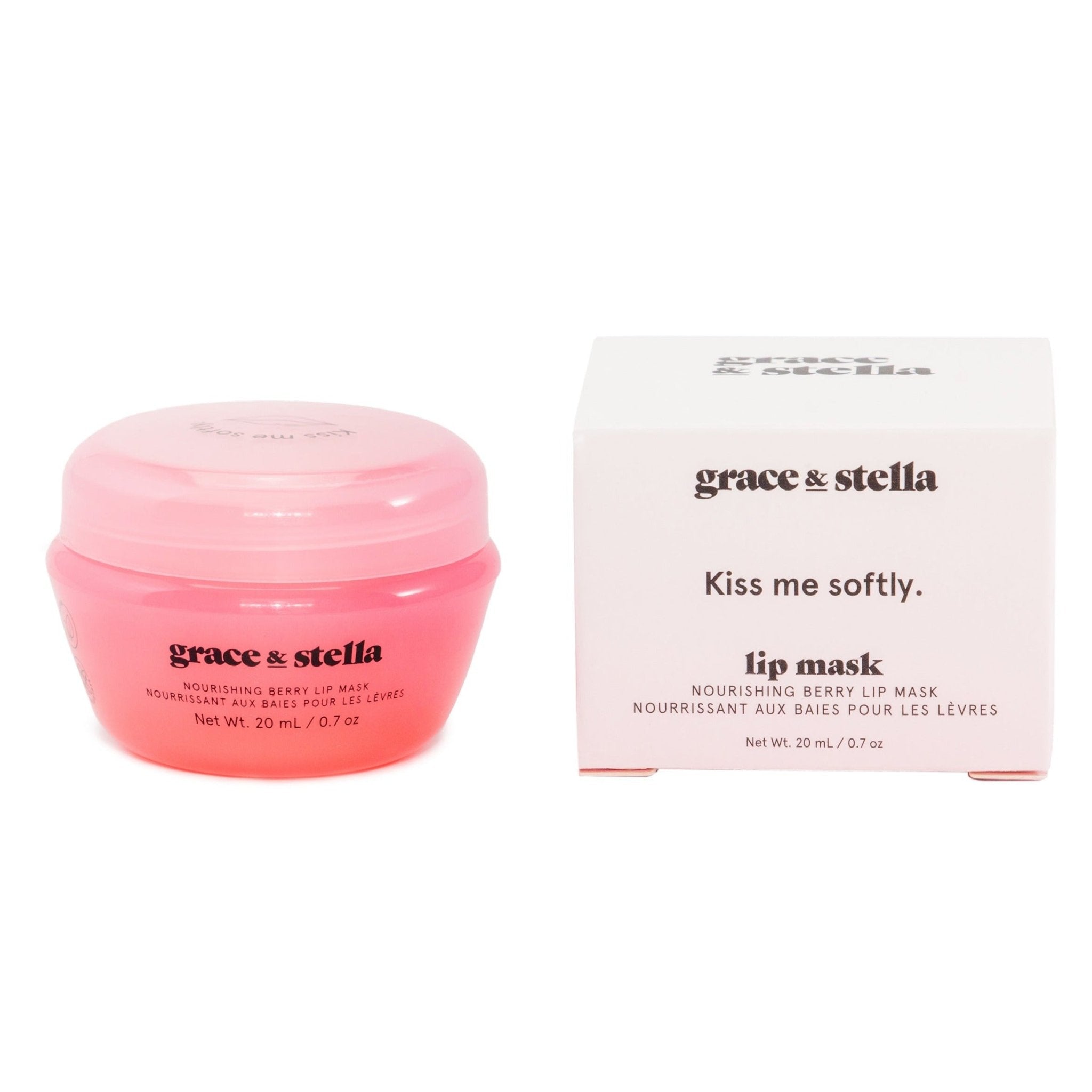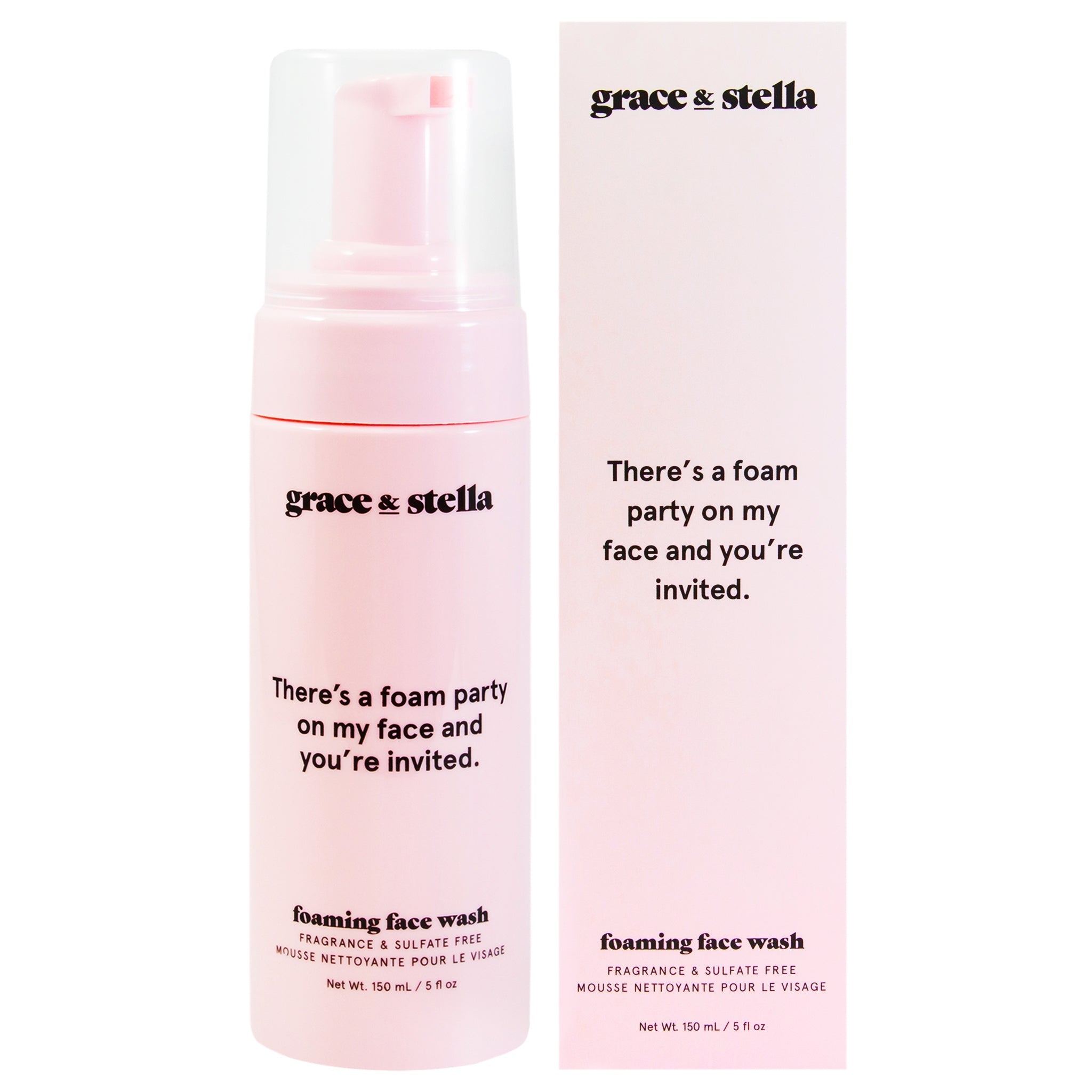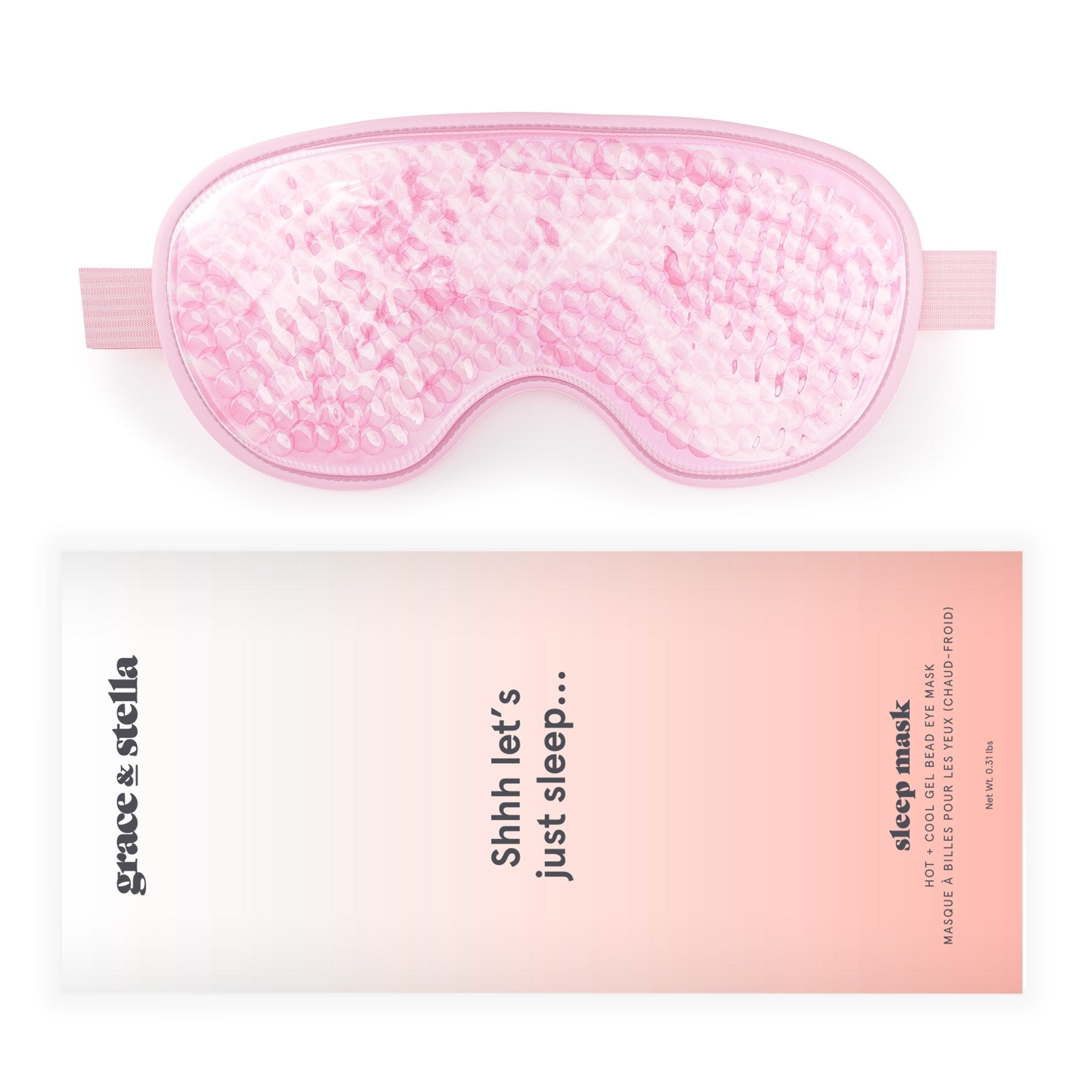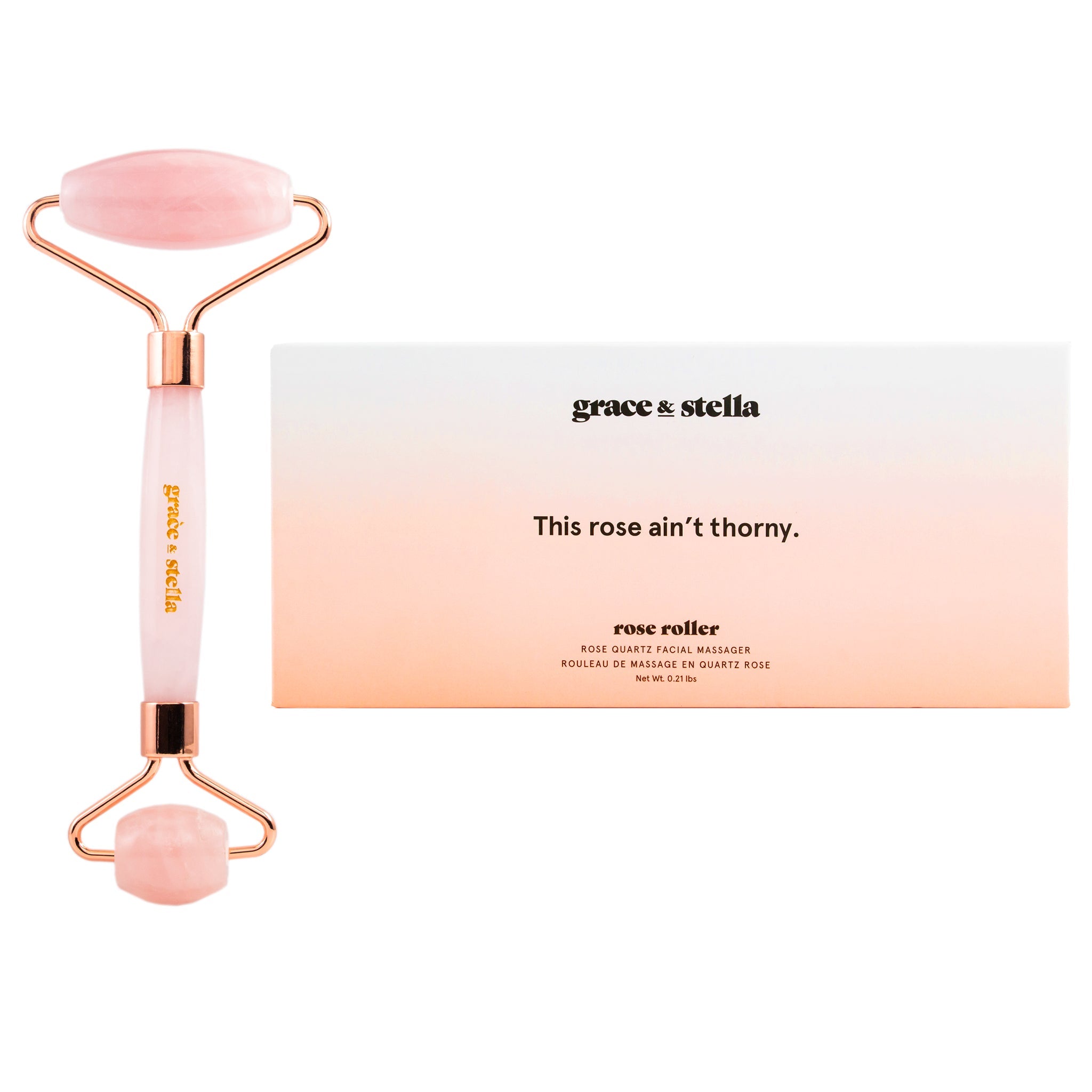You may be familiar with common skincare labels such as 'For oily skin', 'for sensitive skin', 'for dry skin', etc. The most important step in caring for your skin comes in understanding your specific skin type and how it adapts to certain circumstances. Your skin is your body’s largest organ, as complex and intelligent as your heart, lungs, and liver. Using cleansers and treatments that are too harsh, even if they are recommended for excessive oiliness, may send the signal to your skin that more oil is actually needed. Conversely, applying moisturizers that are too thick or heavy can result in decreased natural oil production, resulting in even drier skin. Taking the time to learn your skin’s specific needs will help you to choose the right options that will balance skin resulting in a healthier, more radiant complexion.

Every person’s skin is unique, but there are common skin types that may help you to identify what beauty products will suit you best:
- Dry
- Oily
- Combination
- Sensitive
- Normal
So, let's start with dry skin
Dry skin is largely due to genetics, environmental factors such as lifestyle & diet, hormonal changes, and climate. Dry skin can feel tight throughout the day, and you may experience noticeable flaking. Notably, dehydration is a leading cause of dry skin; drinking plenty of water and avoiding alcohol and caffeine can make a significant difference in how your skin feels and looks. Even so, maybe a coffee in the morning and a good espresso martini on Friday can be our little cheat! ;)
So, how do we approach dry skin? Daily exfoliation with gentle, non-abrasive ingredients helps promote skin cell turnover without removing the skin’s natural oils. Without an additional layer of dead skin, serums & treatments will be absorbed more easily. Therefore, the most effective moisturizers for dry skin are those containing hyaluronic acid. Hyaluronic Acid has the amazing ability to attract water molecules and deliver them directly to your parched skin cells.
- The Products To Use: grace & stella’s Hyaluronic Acid Serum and grace & stella's Anti-Wrinkle and Energizing Face Masks for hydration.
Let's talk about oily skin
Excess oil can oftentimes leave pores congested and clogged. The happy news, however, is that oily skin looks younger as it is less prone to wrinkle, and more supple due to its natural moisture. Daily exfoliation and a deep cleanse is key for cell turnover and preventing sebum buildup in pores.
Oilier skin is prone to PIH (post-inflammatory hyperpigmentation), a condition that leaves dark spots on the skin after a breakout has healed. Exfoliation and hydration help lighten these dark spots by polishing away the uppermost layers of skin and revealing new cells. For those with moderate to severe acne breakouts, an exfoliator that includes anti-bacterial ingredients that speed healing and prevent future blemishes is highly recommended. Double cleansing is essential, especially if you wear makeup, and our Cleansing Balm and Foaming Face Wash is a great duo to use! Tea tree oil, with its anti-inflammatory and antimicrobial properties, is fabulous for treating acne.
- The Products To Use: grace & stella's Blackhead Remover Mask to unclog pores, grace & stella's Cleansing Balm + Foaming Face Wash for double cleansing, and grace & stella's Tea Tree Oil for treating acne.


Let's discuss combination skin
Ah, the most complicated of the bunch. People with combination skin often feel oily in the t-zone (nose, forehead & chin), but experience dryness everywhere else on the face. With this, it is crucial to find a moisturizer that is not too heavy, but one substantial enough to retain moisture where needed most. Combination skin may lead to pores that look larger; the oilier parts of combination skin are caused by an over production of sebum, and the drier parts of combination skin are caused by a lack of sebum and a corresponding lipid deficiency. Gentle, daily exfoliation is important to keep the t-zone and cheek areas balanced. Mud masks aid in controlling oils within the skin.
- The Products to Use: grace & stella's Dead Sea Mud Mask to deal with impurities, grace & stella's Cleansing Balm to give your skin a good cleanse without leaving dry areas parched.
So, you have sensitive skin
Managing sensitive skin can be quite challenging, as it takes considerable time and effort to determine which ingredients cause inflammation and irritation. To make this process easier, it is recommended to introduce only one new formula or product at a time. This rule applies to both skincare and cosmetics, and patch-testing a new formula on your inner forearm is a great way to minimize potential reactions on the face. If your skin shows no sign of flaring up, apply the formula to the area behind one of your ears before using it on your face. At grace & stella, we pride our products being suitable for all skin types, including sensitive skin.
- The Products To Use: grace & stella's Anti-wrinkle + Energizing Face Masks or Under-eye Masks for soft hydration, and grace & stella's Foaming Face Wash for a gentle cleanse.
And finally, normal skin
Normal skin generally feels even and balance in terms of moisture. Those with normal skin are not prone to breakouts on their cheeks and tend to have a well-moisturized t-zone. However, having normal skin doesn't make skincare any less necessary. Always keep a good cleansing routine and spend a little extra time on areas prone to aging!
- The Products To Use: grace & stella's Anti-wrinkle + Energizing Face Masks or Under-eye Masks, grace & stella's Cleansing Balm for cleansing.
After all of this, how do you know for sure?
We've done the research and determined two easy methods to determine your skin type:
1. The Bare-Faced Method
Cleanse your face with a mild cleanser and gently pat dry. Leave skin bare (and do not apply any additional moisturizers, serums or treatments). After 30 minutes, examine your cheeks, chin, nose, and forehead for any shine. Take a close look at your skin and evaluate whether your skin feels parched, especially if you smile or make any other facial expressions. If your skin feels tight, you likely have dry skin. If there is noticeable shine on your nose and forehead, you most likely combination or normal skin. If there is shine on your cheeks in addition to your forehead and nose, you most likely have oily skin.

2. The Blotting Sheet Method
The Blotting Sheet MethodThis method is much faster and often an excellent differentiator between oily and dry skin types. Gently pat a blotting paper on the different areas of your face. Hold the sheet up to the light to determine how much oil is visible. If the sheet picked up little to no oil, you most likely have dry skin. If the blotting sheet reveals oil from the forehead and nose areas, your skin is normal/combination. Finally, if the blotting paper is saturated with oil, it is extremely likely that you have oily skin.

Our skin’s needs can change over time, and taking steps to best identify its needs is essential for it to function and look its best. Keeping the health of your skin in mind and “checking in” regularly to determine whether any adjustments to your current ritual are needed will keep it balanced and beautiful! We at grace & stella are passionate about skin health and helping our customers achieve their full skin potential.



